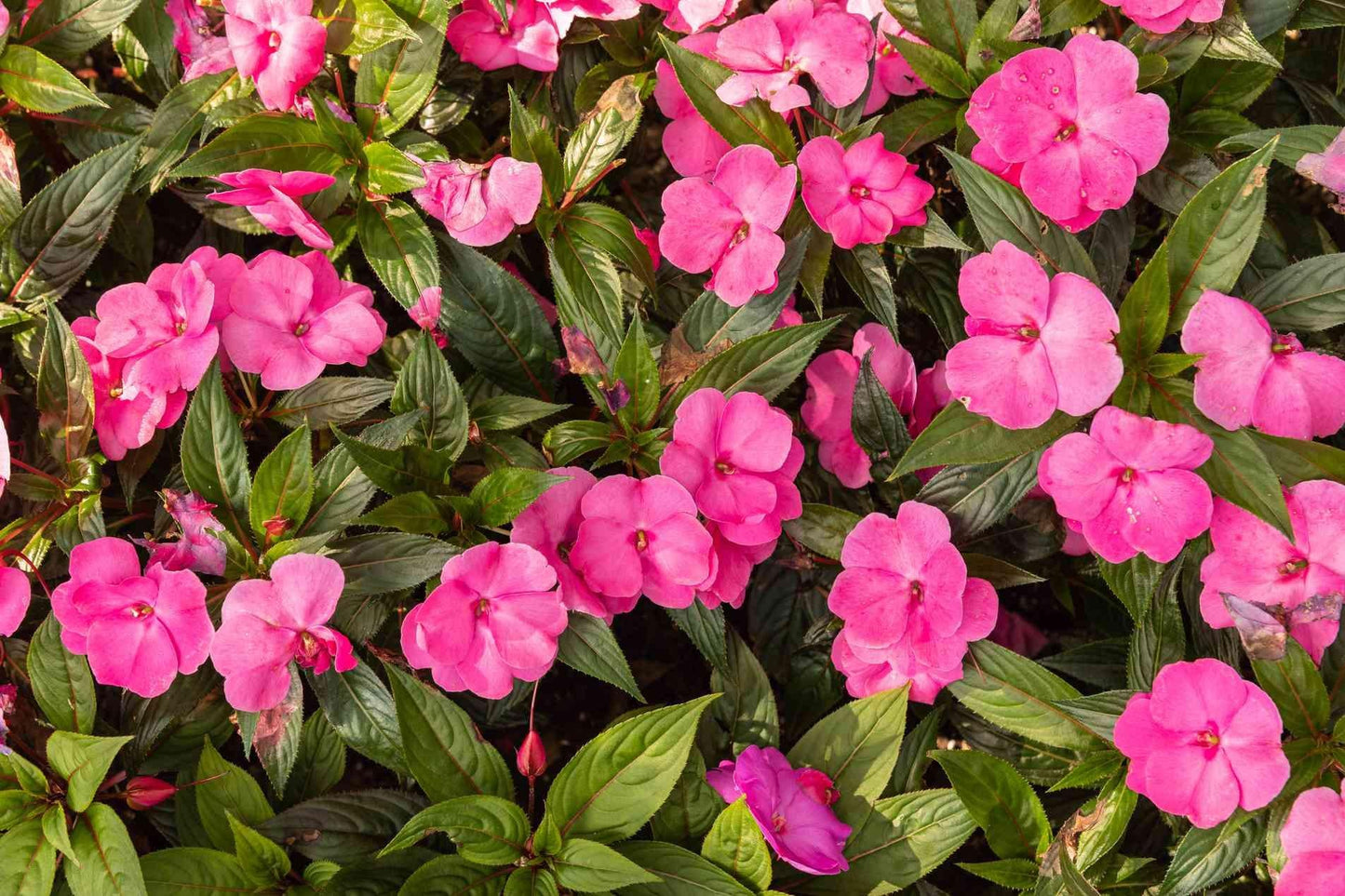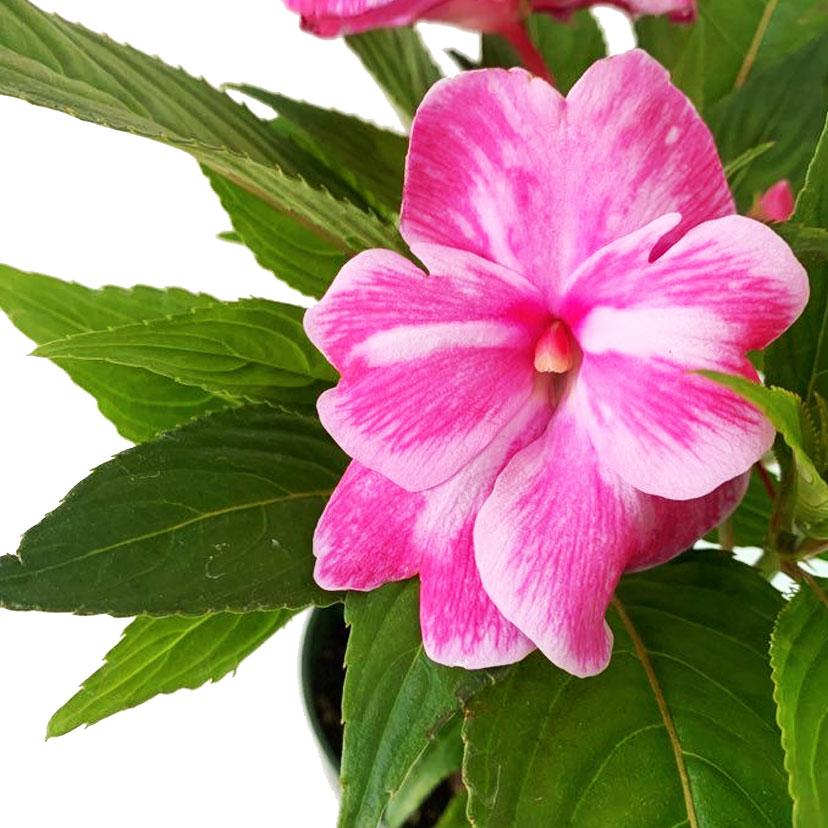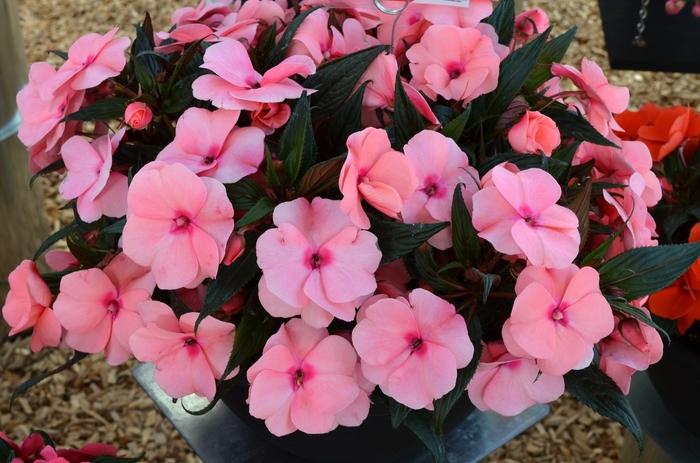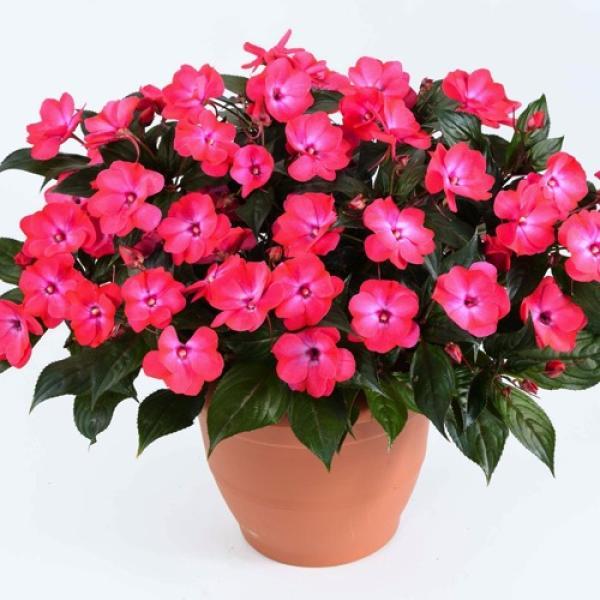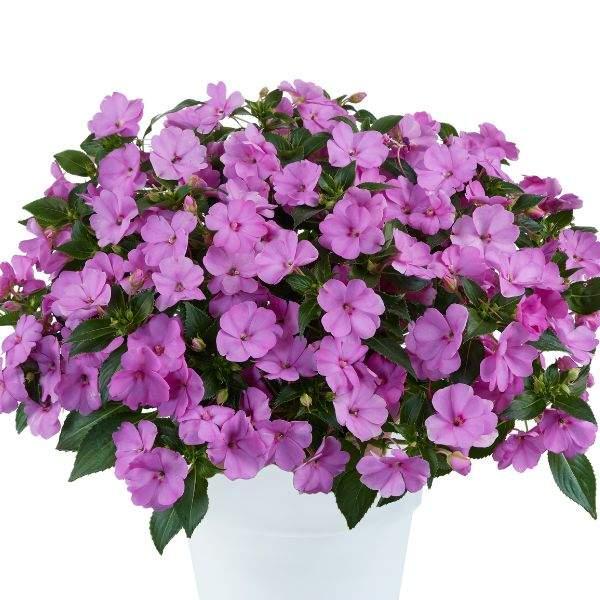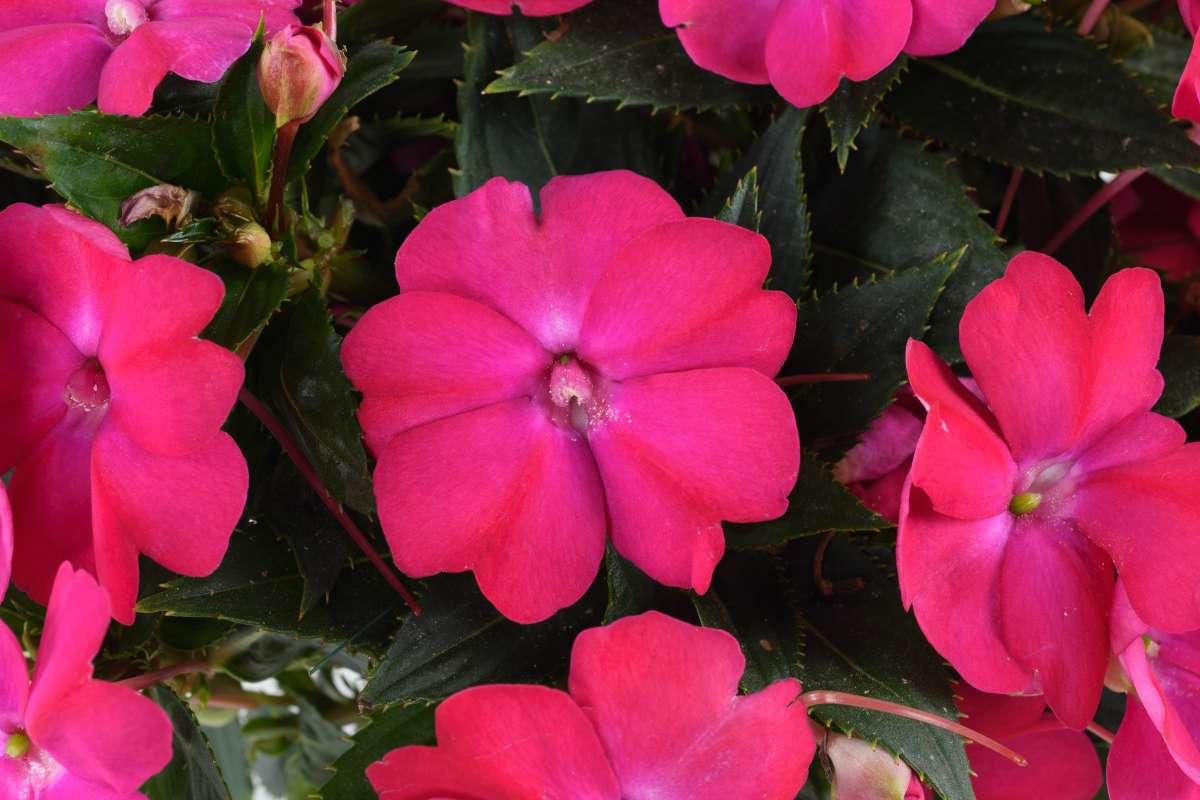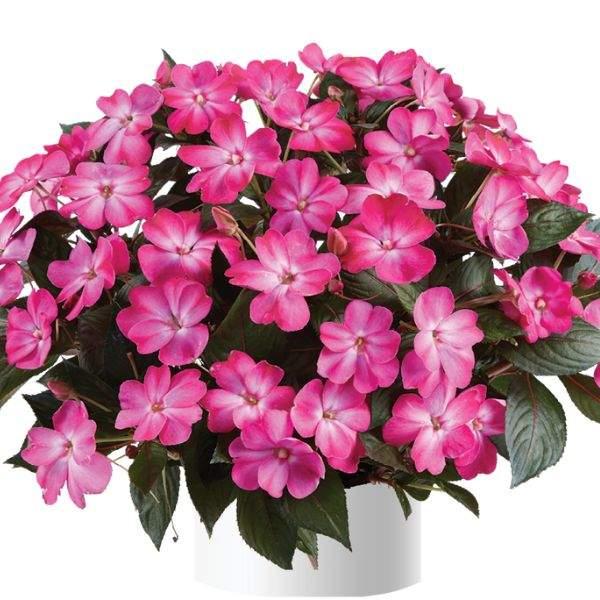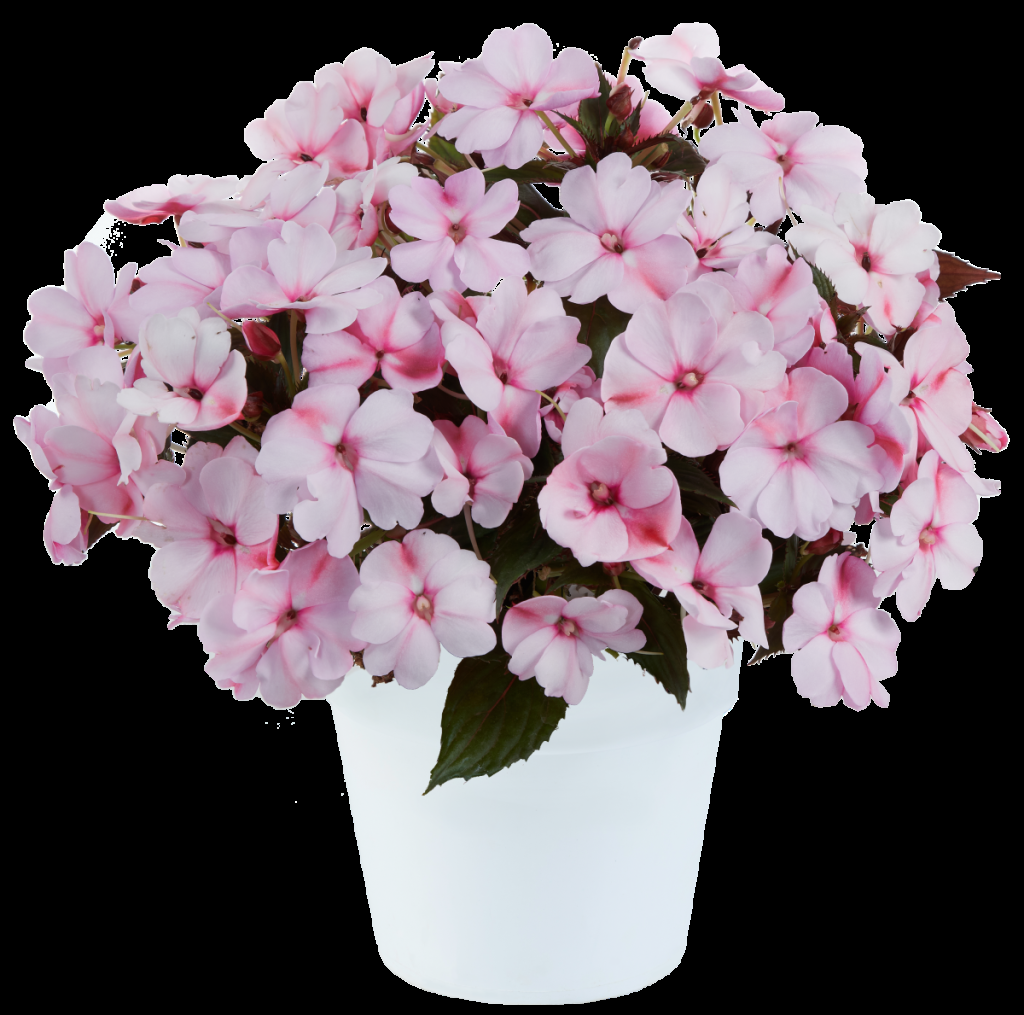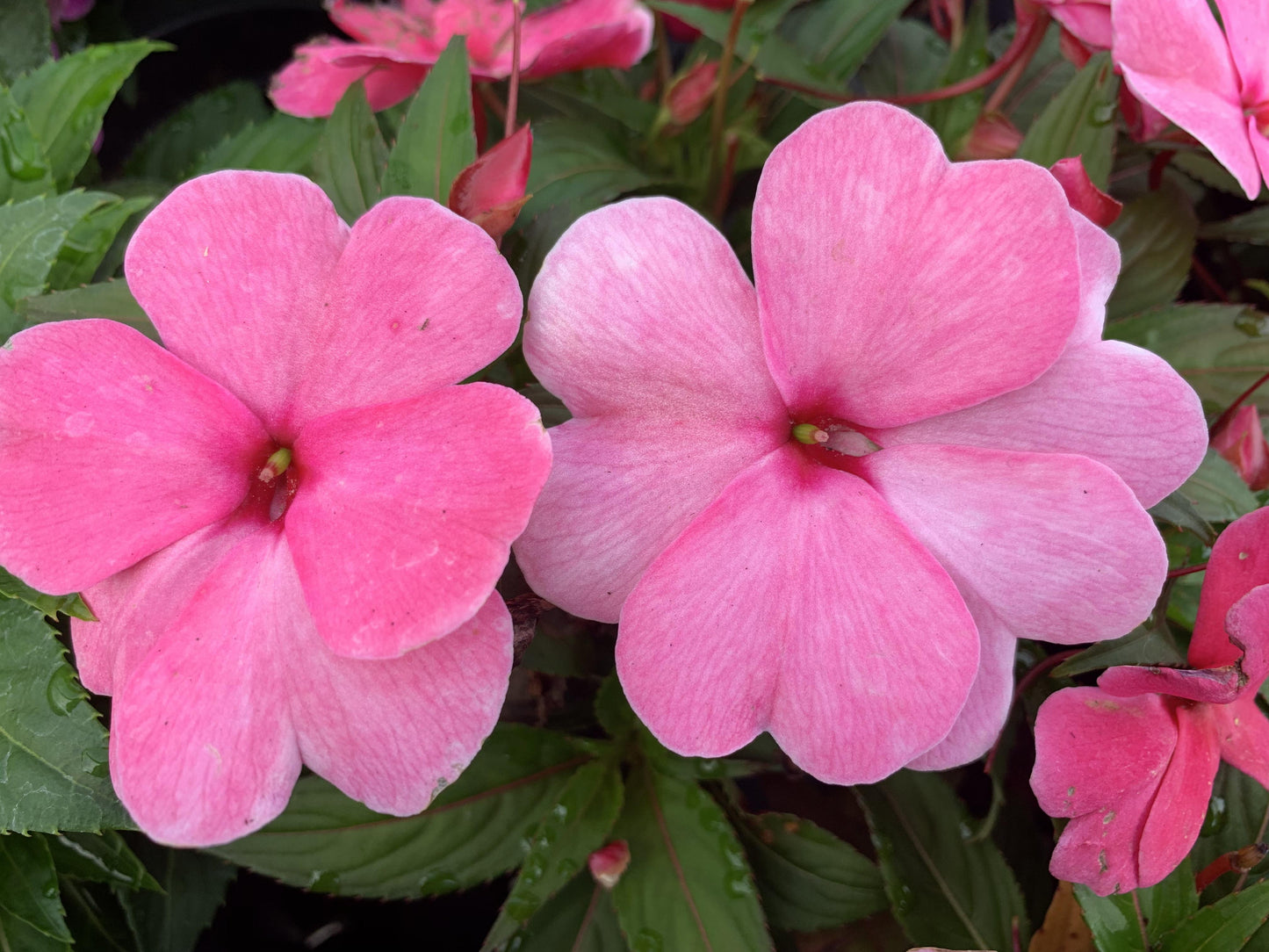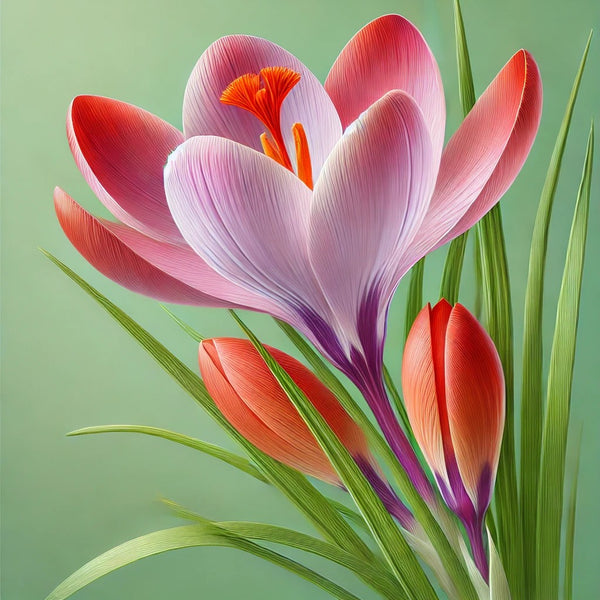1
/
of
10
New Guinea Impatiens-Sol Luna Electric Pink-Ideal for containers and shaded areas 8" Pot
New Guinea Impatiens-Sol Luna Electric Pink-Ideal for containers and shaded areas 8" Pot
Regular price
$36.99 USD
Regular price
$48.09 USD
Sale price
$36.99 USD
Unit price
/
per
Shipping calculated at checkout.
SKU:co080028-redcrocus
Couldn't load pickup availability
New Guinea Impatiens 'Sol Luna Electric Pink'
Description
The New Guinea Impatiens 'Sol Luna Electric Pink' is a vibrant flowering plant known for its striking electric pink blooms. It is a popular choice for adding a splash of color to shaded gardens and containers. With its lush, dark green foliage and continuous flowering, it is a favorite among gardeners looking for low-maintenance beauty.
Suggested Uses
This plant is ideal for shaded garden beds, hanging baskets, and patio containers. Its vivid color makes it a standout feature in any garden design, and it pairs well with other shade-loving plants.
Plant Details
-
 Botanical Name: New Guinea Impatiens 'Sol Luna Electric Pink'
Botanical Name: New Guinea Impatiens 'Sol Luna Electric Pink' -
 Common Name: Sol Luna Electric Pink' New Guinea Impatiens
Common Name: Sol Luna Electric Pink' New Guinea Impatiens -
 Size & Growth: 12-18 inches tall and wide
Size & Growth: 12-18 inches tall and wide -
 Hardiness Zones: 10-11 (grown as annual in cooler climates)
Hardiness Zones: 10-11 (grown as annual in cooler climates) -
 Foliage Type: Evergreen
Foliage Type: Evergreen -
 Bloom Time: Spring to fall
Bloom Time: Spring to fall -
 Growth Rate: Moderate
Growth Rate: Moderate -
 Light Requirements: Partial to full shade
Light Requirements: Partial to full shade -
 Attracts Pollinators: Yes
Attracts Pollinators: Yes -
 Indoor Friendly: Yes, with adequate light
Indoor Friendly: Yes, with adequate light -
 Container Friendly: Yes
Container Friendly: Yes -
 Deer Resistant: No
Deer Resistant: No -
 Pet Warning: Non-toxic to pets
Pet Warning: Non-toxic to pets -
 Fragrant: No
Fragrant: No -
 Cut Flower: No
Cut Flower: No -
 Grows Well With: Ferns, Hostas, and other shade plants
Grows Well With: Ferns, Hostas, and other shade plants
Care Tips
-
 Planting Instructions: Plant in well-draining soil after the last frost date
Planting Instructions: Plant in well-draining soil after the last frost date -
 Soil Moisture: Keep evenly moist, but not waterlogged
Soil Moisture: Keep evenly moist, but not waterlogged -
 Soil Type: Rich, well-draining soil
Soil Type: Rich, well-draining soil -
 Humidity: Prefers high humidity
Humidity: Prefers high humidity -
 Pruning Instructions: Deadhead spent blooms to encourage continuous flowering
Pruning Instructions: Deadhead spent blooms to encourage continuous flowering -
 Winter Care: Bring indoors or treat as an annual in cooler climates
Winter Care: Bring indoors or treat as an annual in cooler climates -
 Planting Depth: Plant at the same depth as the nursery pot
Planting Depth: Plant at the same depth as the nursery pot -
 Fertilization: Fertilize every 4-6 weeks with a balanced fertilizer
Fertilization: Fertilize every 4-6 weeks with a balanced fertilizer -
 Special Care: Avoid overwatering and ensure good air circulation to prevent disease
Special Care: Avoid overwatering and ensure good air circulation to prevent disease
Share
